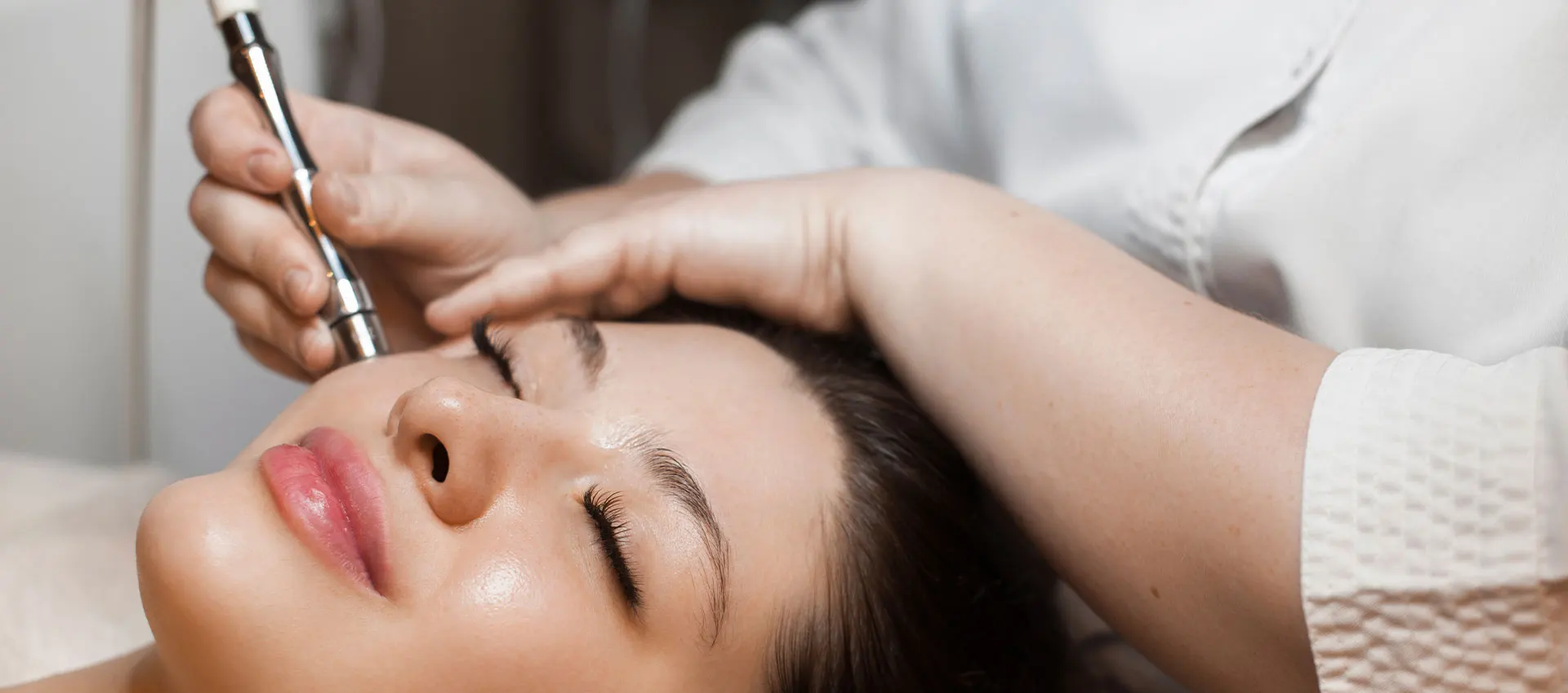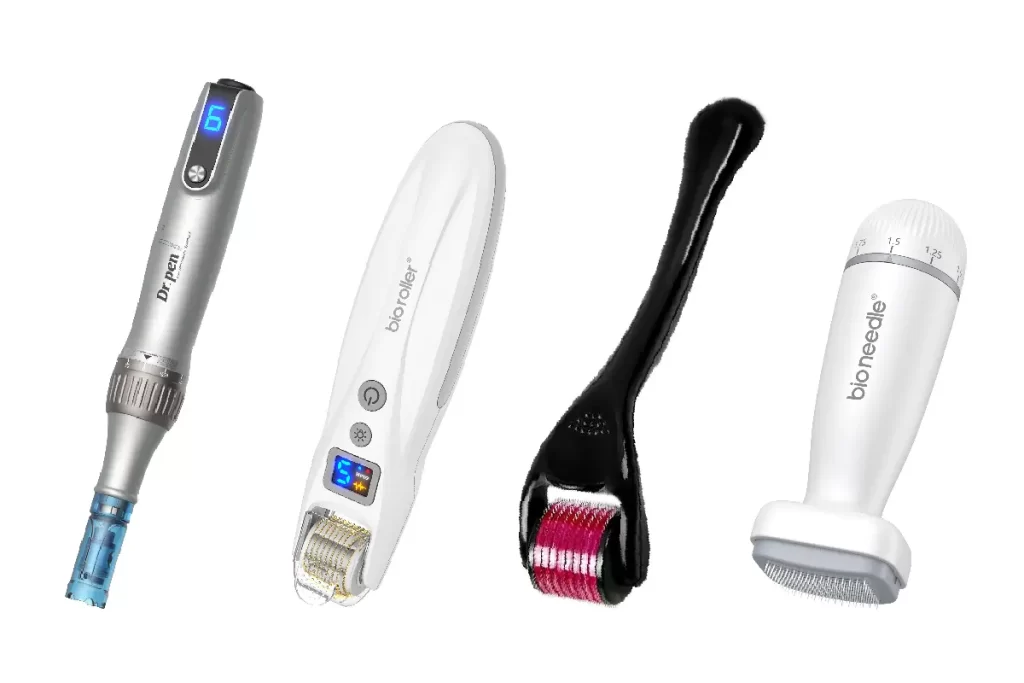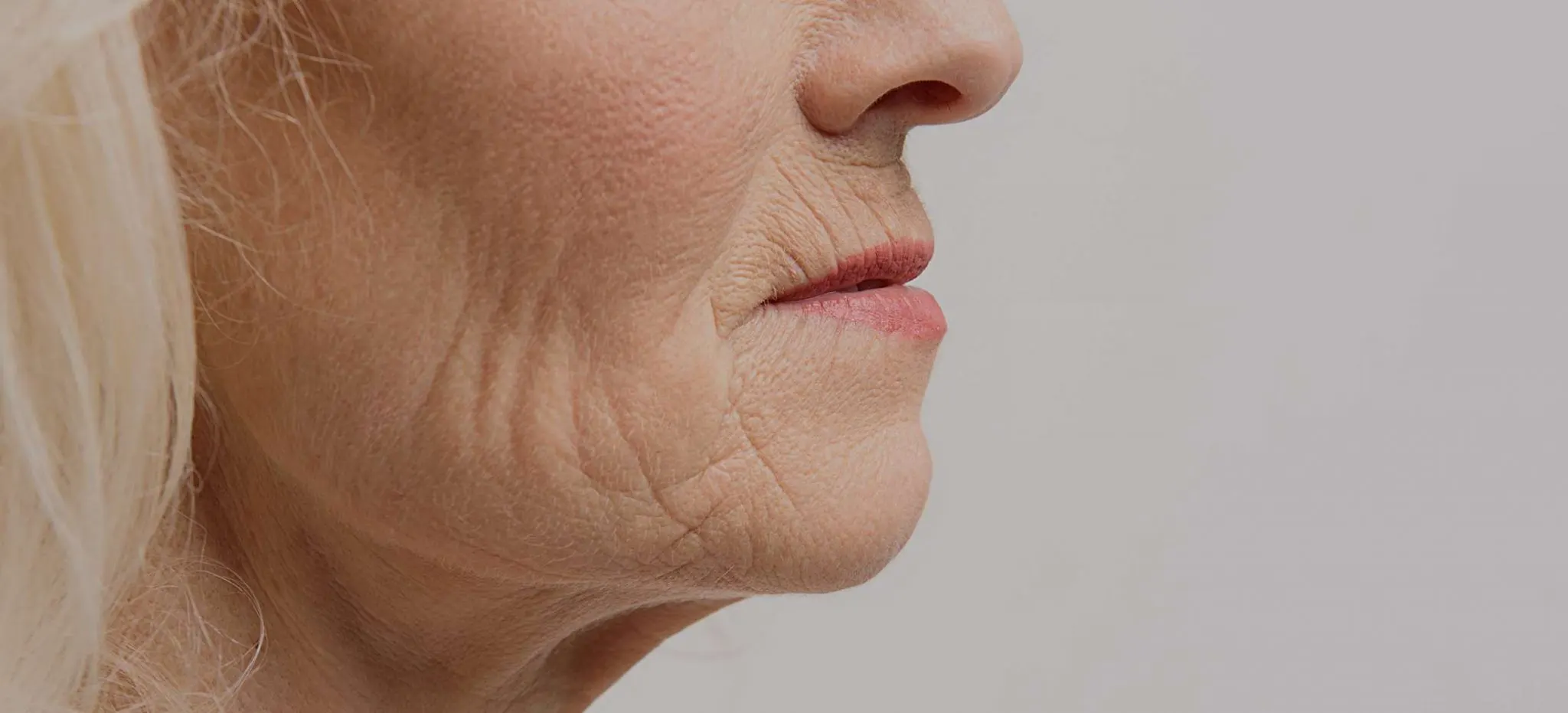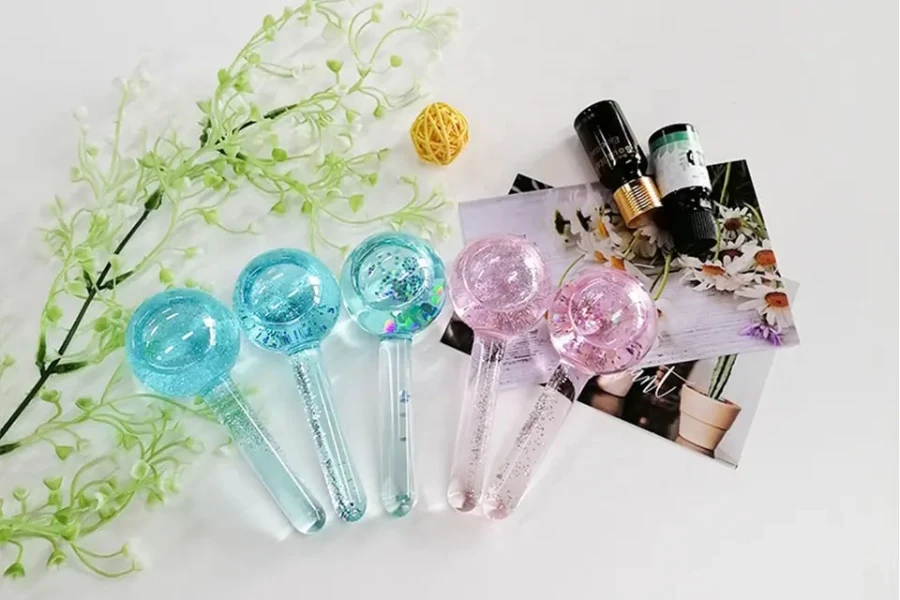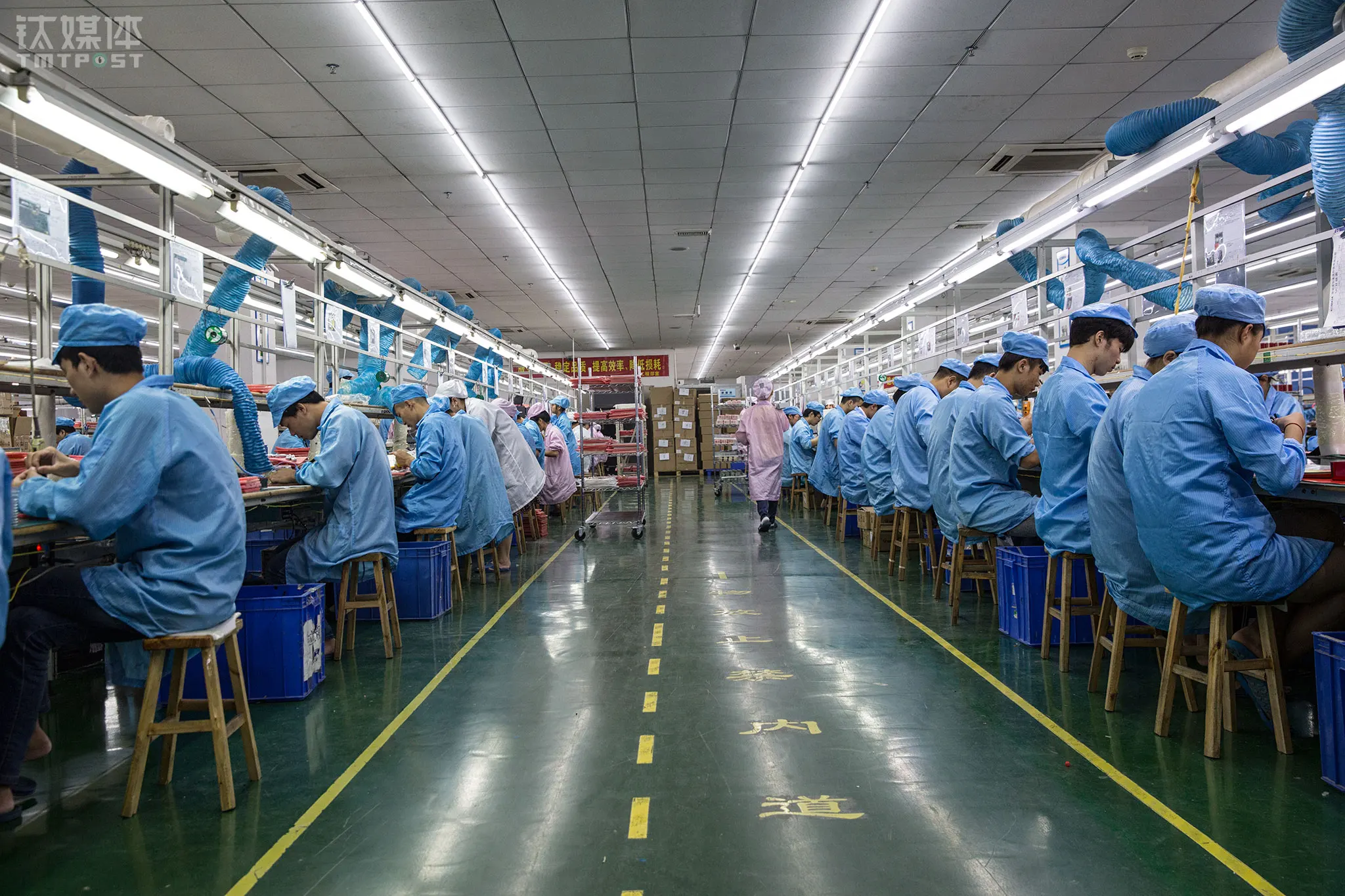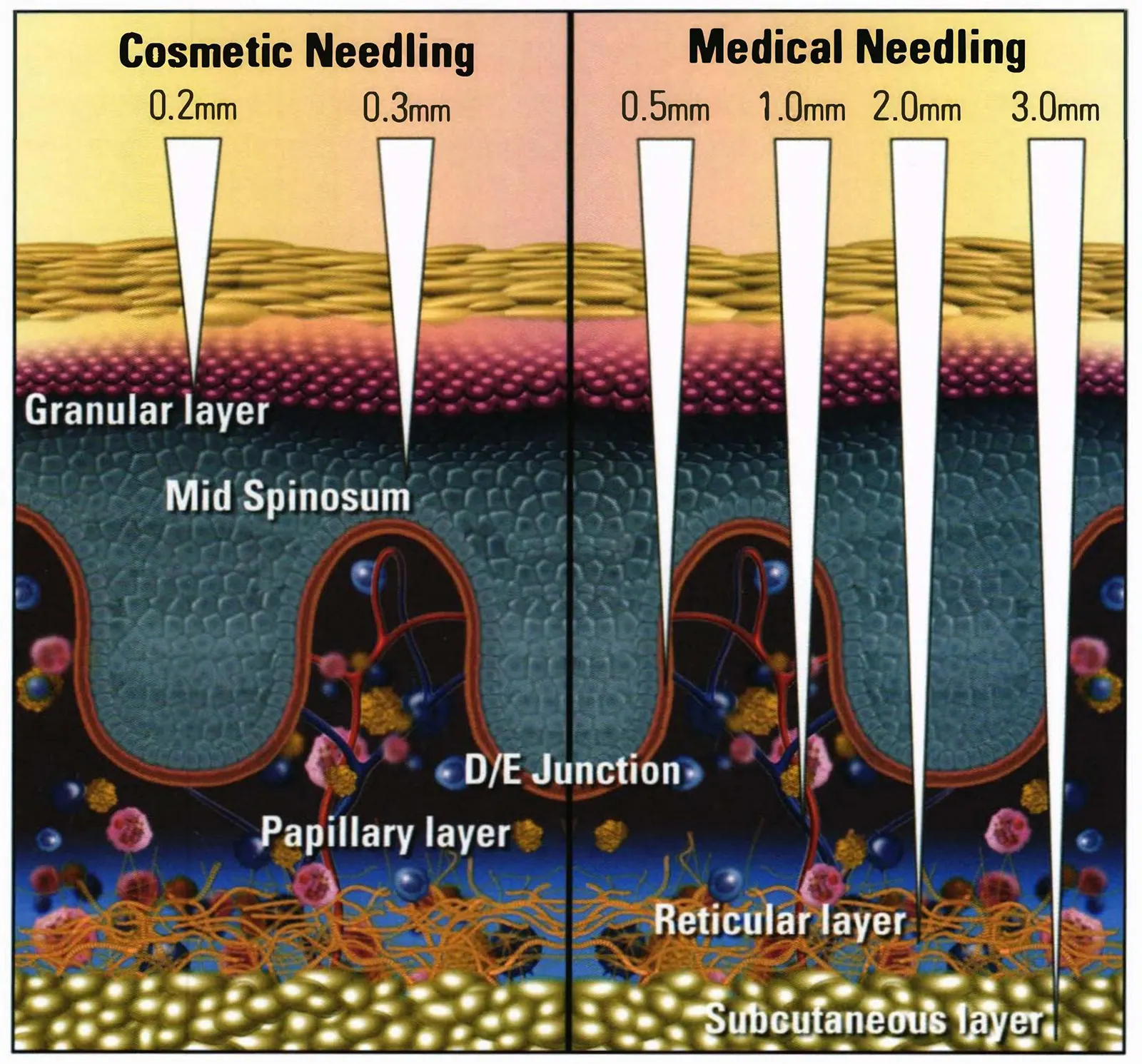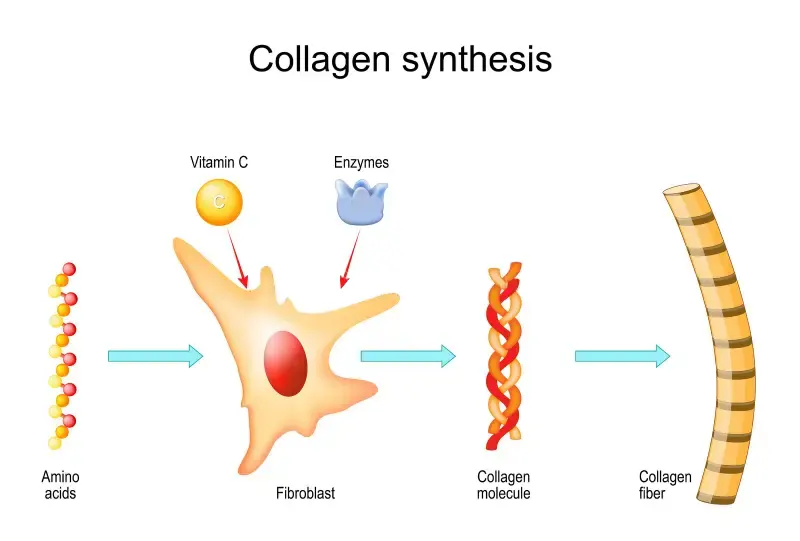In recent years, microneedling has gained popularity as an effective treatment for a variety of skin issues, from fine lines and wrinkles to acne scars and hyperpigmentation. In August 2021, the Chinese Association of Plastic and Aesthetic (CAPA) released the Microneedling Therapy Operation Guidelines, a comprehensive set of standards that provide clear guidance to professionals and consumers on how to safely and effectively perform microneedling therapy, ensuring that microneedling therapies are performed in a way that maximizes results while minimizing risks.
As a company dedicated to promoting safe and effective beauty solutions, we believe it is critical that consumers are informed of the correct microneedling therapy method. By sharing an excerpt from this important document, we aim to provide readers with reliable, evidence-based guidance so that they can confidently use microneedling devices at home.
Terms and Definitions
In this section, we only introduce two terms, microneedling therapy and roller microneedling. We will not summarize other terms here.
- Microneedle Therapy, also known as microneedling, is a medical technology that uses tiny needle-like instruments to implement mechanical or physical, minimally invasive stimulation on the skin soft tissue in order to achieve therapeutic or cosmetic effects. It can be accompanied by the simultaneous or step-by-step administration of drugs or effective ingredients, with the help of microneedles to improve their transdermal/absorption efficiency, thereby enhancing the therapeutic or cosmetic effects.
- Roller Microneedle, it uses a roller shaft to drive a roller. The roller is inlaid with tiny microneedles of specific length and orderly arrangement. The roller microneedle with a certain pressure creates an orderly and uniform minimally invasive channel during the rolling process on the skin, allowing effective drugs or functional ingredients to be introduced into the skin tissue, while initiating damage repair and regeneration effects, and playing the positive role of microneedle treatment.
Common Clinical Microneedle Devices/Equipments
Based on the method of drug introduction, we can divide commonly used microneedle devices into five types: solid microneedles, coated solid microneedles, hollow microneedles, dissolving microneedles and hydrogel microneedles. Here we will only briefly introduce three common clinical microneedle devices/equipment:
- Microneedle Roller: The main body consists of a handle and a roller, on which microneedles (generally 0.5mm to 3mm in length) are arranged. As the roller rolls on the skin, the microneedles can form micropores on the skin or stimulate skin cells to start damage repair and regeneration effects, while introducing effective drugs or functional ingredients into the skin tissue;
- Stamp Microneedle: It consists of a handle and a square/round stamp head. The microneedle is embedded on the stamp. When used, the microneedle acts vertically on the skin;
- Electric Microneedle: It consists of a pen-type body and a vibrating stamp microneedle head. Through mechanical drive, the stamp needle microneedle vibrates repeatedly for acupuncture;
Clinical Application Indications
- Skin Aging and Sub-Health Conditions: including but not limited to skin aging, sagging, wrinkles, dull skin, enlarged pores, sensitive skin, etc.
- Disfiguring Skin Diseases: chloasma, post-inflammatory pigmentation, acne vulgaris (acne, post-acne erythema, post-acne pigmentation, post-acne scars, etc.), rosacea, hormone-dependent dermatitis, hair loss (androgenic alopecia, alopecia areata, etc.)
- Skin Atrophic Marks (stretch marks, stretch marks), Atrophic/Hypertrophic Scars caused by various reasons, such as scars after burns and scars after surgery or trauma, etc.
Contraindications for Clinical Application
- 6.1 Allergy to microneedle materials
- 6.2 Skin diseases in the active or progressive stage of local skin, or skin diseases with isomorphic reactions, such as eczema, psoriasis vulgaris, and lichen planus;
- 6.3 Various local viral, bacterial, and fungal infections (such as local oral herpes simplex, common warts, flat warts, folliculitis, Malassezia folliculitis, tinea faciens, skin tuberculosis, and mycobacterial infection, etc.);
- 6.4 Unknown injections in the treatment area;
- 6.5 Malignant tumors or skin tumors of unknown nature in the treatment area;
- 6.6 Other blood system diseases such as coagulation disorders, or other systemic diseases that cannot tolerate microneedle treatment;
- 6.7 Patients undergoing chemotherapy/radiotherapy;
- 6.8 People with keloids or scar constitutions;
- 6.9 Patients with mental illnesses;
- 6.10 Patients with excessively high expectations for treatment effects.
Roller Microneedle Treatment Procedure
- 8.1 Routine facial cleansing, standardized photo taking, anesthesia, re-cleaning and disinfection.
- 8.2 Microneedle Treatment Operation: The operator holds the microneedle and rolls it horizontally, vertically and diagonally in the treatment area in a short-distance manner, and performs treatment in different areas step by step.
- 8.3 During the operation, saline gauze should be used to wipe the oozing blood to avoid blood coagulation affecting the subsequent transdermal absorption of the effective ingredients.
- 8.4 Treatment Endpoint: Select a reasonable treatment endpoint based on the purpose of treatment.
8.4.1 Routine treatment endpoint: The skin is pink;
8.4.2 Improve the transdermal absorption rate endpoint: Select a needle length of 0.25-0.5mm, moderate operation force, 3-5 times, and no visible changes in the skin appearance after treatment;
8.4.3 Improve skin quality or scar endpoint: Select a needle length of 1.0-1.5mm, and skin hemorrhagic purpura.
- 8.5 Precautions for Special Parts
8.5.1 Eyelid microneedle treatment: The needle length is recommended to be 0.25mm. The eyebrows and upper and lower eyelid skin should be pulled above the bone surface as much as possible for treatment.
8.5.2 The surface structure of the nose is uneven, the operation is more difficult, and the penetration depth of the bony protrusion is deeper than expected, which may cause overtreatment. The needle length is recommended to be 0.5-1.0mm. If there is a prosthesis in the nose, it is advisable to avoid this area, or use a needle of ≤0.25mm, and avoid pressure during the implementation.
8.5.3 Nasolabial folds and chin-labial folds: The treatment should reach the deep part of the wrinkles, and a needle of appropriate length should be used. The needle length is recommended to be 1.0-1.5mm, but avoid excessive treatment.
8.5.4 The skin around the mouth is abnormally sensitive. The appropriate needle length should be selected based on the patient’s pain threshold and according to the purpose of treatment; this part is prone to post-treatment pigmentation and perioral dermatitis, so excessive needle length should be avoided. The needle length is recommended to be 0.5-1.0mm.
8.5.5 For forehead, if the patient has very thin skin, the needle length should be shortened accordingly. The recommended needle length is 0.5-1.0mm.
8.5.6 For neck, the recommended needle length for conventional treatment is 0.5mm. The needle length can be adjusted to 1.0-2.0mm according to the depth of wrinkles.
8.5.7 Precautions for scalp microneedle treatment: The needle length is recommended to be 0.5-0.8mm. Only roll horizontally in the left and right directions to prevent hair from being rolled into the roller.
Precautions
- 12.1 When the inflammatory reaction in the treatment area is obvious, medical cold compress, saline or ice pack should be used to relieve local inflammatory reaction and relieve discomfort.
- 12.2 After microneedle treatment, the wound surface should be kept clean within 24h-48h. If cleaning is required, saline gauze or sterile medical spray can be used for cleaning.
Complication and Treatments
- 13.1 Edema: Generally mild to moderate, depending on the intensity of treatment (needle length and operation). Mild edema is usually visible immediately after treatment and disappears on its own within 24h-48h; cold and wet compresses immediately after surgery can reduce the degree of edema.
- 13.2 Erythema: Generally mild to moderate, depending on the intensity of treatment and skin condition. It manifests as diffuse erythema with mild exudation, followed by thin scabs, and the erythema gradually disappears on its own within a few days; cold and wet compresses immediately after surgery can reduce the degree of erythema.
- 13.3 Petechiae/Ecchymoses: Moderate or high-intensity treatment may cause punctate bleeding reactions, diffuse erythema with scattered petechiae, followed by mild exudation and rapid coagulation. Petechiae may appear on thinner skin (such as the lower eyelid), which can be completely absorbed in 5-7 days; cold and wet compresses immediately after surgery can reduce the degree of punctate bleeding and ecchymoses.
- 13.4 Allergic Reaction: Most of the time, the patient is allergic to the product, while a few are allergic to the microneedle material. Products for introduction or external use should be selected with caution. For products that have never been used, a skin trial test should be performed before treatment. Mild or moderate allergic reactions can be treated with oral antihistamines combined with topical anti-inflammatory drugs, and severe allergic reactions can be treated with short-term systemic glucocorticoids.
- 13.5 Acne-Like Lesions: Exacerbation of existing acne lesions or new acne-like lesions; exclude allergic reactions or infections, and can be treated according to conventional acne treatment.
- 13.6 Recurrence of Herpes Simplex: Minimally invasive treatment of stress reactions can induce herpes recurrence. It is recommended to take preventive treatment for patients with a history of recurrent herpes: conventional antiviral treatment is given 3 days before microneedle treatment until edema subsides and the epidermis is completely repaired (usually 5-7 days).
- 13.7 Rosacea Attack: Rosacea patients may have rosacea attacks due to stress reactions after microneedle treatment. At this time, they should be treated according to rosacea;
- 13.8 Pathogenic Microbial Infection: It is caused by insufficient preoperative disinfection, intraoperative and postoperative contamination of instruments or matching products. The treatment instruments and matching products should be carefully selected and stored as required, and the principles of intraoperative sterility and disinfection and early postoperative care should be followed. Appropriate topical medication should be selected based on clinical evaluation; systemic antibiotic treatment is recommended for widespread skin lesions.
- 13.9 Post-Inflammatory Pigmentation: It is related to insufficient preparation before treatment, excessive treatment, or improper care after treatment. Strict sun protection should be applied after treatment, and sunscreen products should be used in time after healing; those with darker skin have a higher risk of post-inflammatory pigmentation, and whitening/freckle removal products can be used in combination according to the situation.
- 13.10 Mechanical Scratches And Scars: During the operation, scratches may occur due to uneven force or obstacles in the rolling of the roller. Anti-inflammatory and repair-promoting treatments should be adopted depending on the degree of scratches. Improper treatment may leave scars;
Wholesale and Custom Microneedling Tools
Microneedling is a powerful treatment that, when used correctly, can offer significant benefits for skin rejuvenation and repair. However, like any skincare procedure, it is crucial to follow the proper guidelines to achieve the best results safely. The Microneedling Treatment Operation Guidelines released by the CASA provide essential insights into best practices, ensuring that treatments are performed with efficacy and safety in mind.
ROSEORCHID provides wholesale and customization of professional microneedle products for your business. Welcome to choose all types of microneedling products here, including: derma roller, derma stamp, derma pen, bio needle, bio roller, hydra needle, etc.
You can choose different needle numbers, needle lengths, materials, uses, colors, logos, packaging and set combinations according to your business. Whether you’re looking to expand your product offerings or ensure your customers receive the best possible results, we have the expertise and resources to support you in achieving your goals.
Contact us now to learn more about our products and services, and let us start a successful cooperation journey together!
Ending
The derma microneedling market has great potential, but it also faces fierce competition. As professionals in the industry, we will continue to improve product quality and provide you with better products and services. At the same time, we will actively promote the healthy and orderly development of the industry and make microneedle products a shining pearl in the field of beauty and skincare.
Our services extend beyond products, embodying a professional approach that caters to the unique needs of businesses and brands. Any inquiries or questions about our microneedle products and similar offerings will be met. Elevate your skincare experience and brand reputation with confidence, backed by our dedication to quality and innovation.

